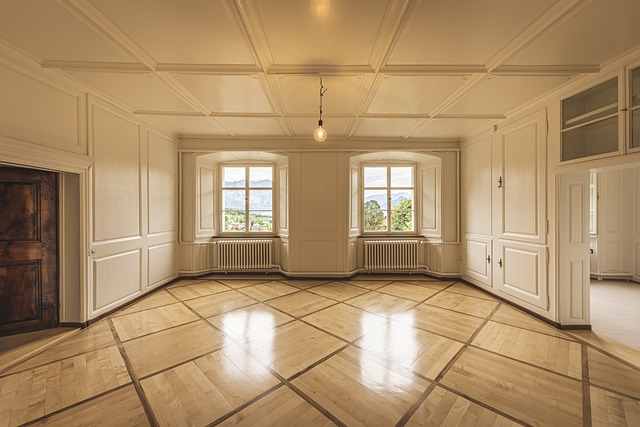A Deeper Dive into 3D Mapping in Stage Productions
Introduction: Unveiling a novel dimension in live performance, the incorporation of 3D mapping in stage productions has spectacularly transformed the landscape of theatre. The advent of this technology has breathed fresh life into the age-old art form, offering audiences an immersive experience like never before.

A New Dawn in Theatrical Productions
The journey of 3D mapping in stage productions began in the early 2000s, with technology giants like Panasonic and Epson pioneering the movement. Initially a niche technique, it gradually gained recognition in the industry as a game-changer. The technology uses projectors to cast three-dimensional images onto a surface, often the stage or set, creating a dynamic and immersive visual experience. Its ability to transform a static stage into a lively, moving landscape caught the attention of directors and designers, sparking a new wave in theatre.
The Leap to Center Stage
Fast forward to 2022, 3D mapping has carved a significant niche in theatrical productions. Major international performances, including the likes of Cirque du Soleil and Broadway shows, have incorporated it to a great extent. Recently, the production of ‘The Lion King’ in New York unveiled a majestic 3D mapped Pride Rock, leaving audiences spellbound.
The Impact of 3D Mapping in Theatre
3D mapping’s integration into theatre has undeniably broadened the horizons of stagecraft. It has given artists the freedom to conceive and realize visions that were previously impossible. The technology has also fostered a more immersive spectator experience, as audiences find themselves drawn into the heart of the narrative. Furthermore, it has opened up new avenues for employment and specialization within the industry, creating roles like projection designers and multimedia programmers.
Reception and Critique
As with any innovation, 3D mapping has had its share of praise and critique. While many laud it for its ability to enhance storytelling and captivate audiences, others argue that it risks overshadowing the performances themselves. Some critics have expressed concerns that the technology might become a crutch, with directors relying too heavily on its wow-factor at the expense of narrative depth.
Future Prospects
Despite the criticism, the future of 3D mapping in stage productions appears bright. With advancements in technology and an increasing number of artists embracing it, the technique is poised to evolve and influence the industry further. As we look ahead, it’s exciting to imagine how 3D mapping will continue to shape and redefine the world of theatre.
In conclusion, the integration of 3D mapping in stage productions has revolutionized the industry, opening up new avenues for creative exploration and audience engagement. As we navigate the digital era, this technology remains a testament to the power of innovation in art and entertainment.




